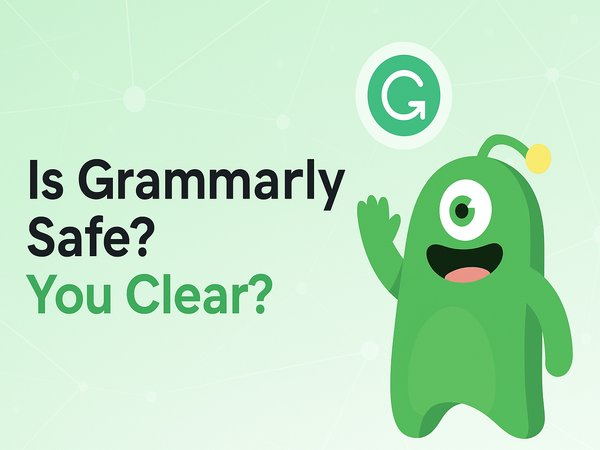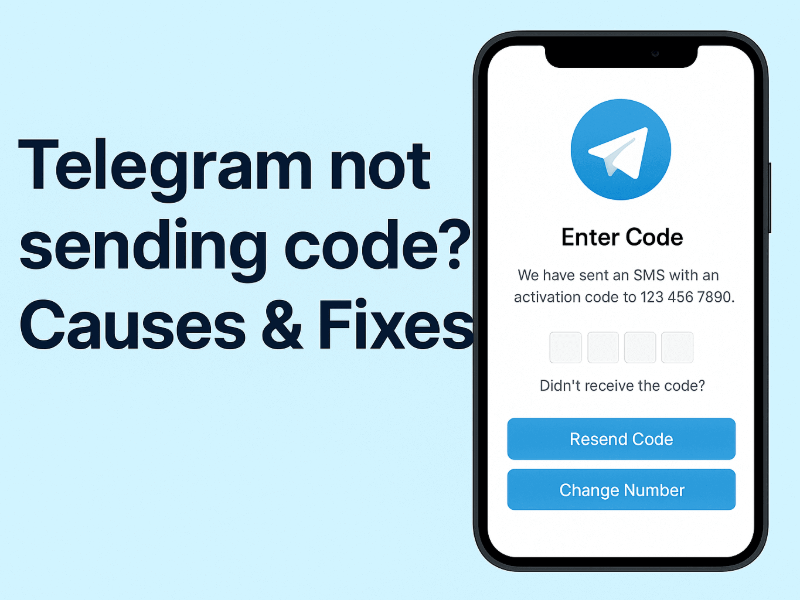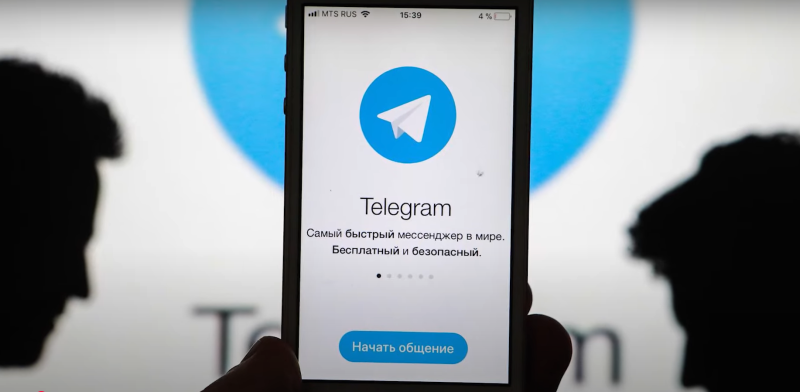What Is Amazon Astro?
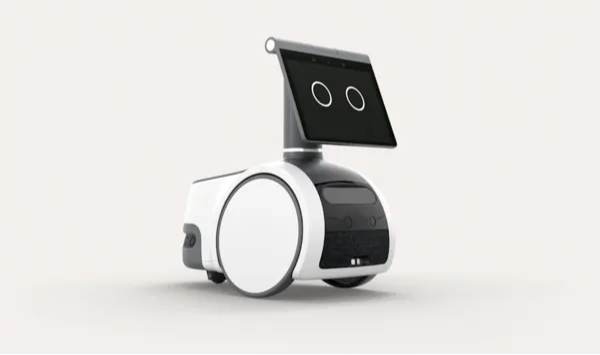
Amazon Astro is a domestic robot that combines mobility, sensors, cameras, and Alexa’s voice assistant to perform tasks that range from remote video calling to autonomous home patrols. It builds and keeps a map of your home so it can navigate rooms, avoid obstacles, and autonomously move to points of interest. Astro is sold as a premium smart-home companion that extends Amazon’s Alexa and Ring ecosystems into a mobile form.
Astro runs locally for many navigation and vision tasks, but it also connects to cloud services for features like remote management, extended storage, and integration with Amazon services. Amazon emphasizes convenience and integration, but that interconnectedness is exactly what makes privacy-minded consumers nervous.
Astro for Home vs Astro for Business
Amazon offered two flavors of Astro at different points: a consumer/home edition focused on family convenience and a business/security edition aimed at small businesses and property monitoring. The business variant was positioned with more security-focused features (e.g., extra sensors and patrol modes). However, product lines and support can change rapidly, and Amazon has adjusted its business offerings over time, including retiring or changing some business features. This blurs the line between a consumer novelty and a security appliance and influences how threats should be assessed.
Comparing Astro to Other Smart-Home Devices
| Aspect | Amazon Astro | Cameras on Sticks (Ring, Nest) | Voice-only Devices (Echo) |
| Mobility | Moves autonomously through the home, covering multiple rooms. | Fixed position, limited to a single field of view. | Stationary; audio-only coverage. |
| Primary Use Case | Mixes surveillance, assistance, and integration with Alexa. | Primarily surveillance and security monitoring. | Voice interaction, smart assistant tasks. |
| Sensing Capability | Audio + visual + navigation (movement + spatial awareness). | Visual + audio (limited to placement). | Audio-only sensing. |
| Privacy Surface | Broad: can capture multiple rooms, contextual cues, movement patterns, and presence. | Narrow: limited to what the lens sees. | Narrow: limited to spoken inputs. |
| Integration | Deeply tied to Alexa + Ring ecosystem; enables combined data inferences. | Often integrated with smart-home hubs, but not mobile. | Native to Alexa ecosystem; voice-based integration only. |
| Attack Surface | High: audio, video, and navigation all open potential vulnerabilities. | Moderate: primarily video/audio vulnerabilities. | Lower: vulnerabilities are largely limited to audio. |
| Context Awareness | High: correlates voice commands with location, time, and activity. | Moderate: sees but does not move or contextualize behavior. | Low: limited to command input without situational context. |
Why Astro Raises Unique Privacy & Security Questions
Astro is different from a Nest camera or an Echo speaker because it moves through your home, carries onboard sensors and cameras, and can integrate with doorbell/camera ecosystems like Ring. That mobility multiplies the possible failure modes:
- More data surface: Astro’s navigation maps, visual logs, audio, and device telemetry generate far more continuous data than a static camera.
- Context-rich data: A mobile robot can see activities in multiple rooms, track movement patterns, and build a more detailed model of household routines.
- Networked integration: Astro typically ties into accounts, cloud services, and other smart devices — creating cross-device inference opportunities and broader attack surfaces.
Because Astro can combine location, visual, and voice data, a breach or misuse could be more revealing than a single-camera compromise, a reliable VPN, like free proxy VPN in UFO VPN can protect your data and secure your privacy.
Types of Threats Posed by Astro
1. Technical Threats
- Unauthorized access to camera/microphone: If an attacker gains control of Astro, they can get live audio/video from inside the home.
- Network-based attacks: Compromised Wi-Fi, weak passwords, or vulnerable routers can expose Astro to remote intrusion.
- Software vulnerabilities: Like any connected device, Astro could have unpatched bugs that allow code execution or privilege escalation.
2. Privacy & Inference Threats
- Persistent mapping and tracking: Astro’s house maps and movement logs can reveal patterns — when people sleep, leave, or where valuables are kept.
- Voice and behavioral profiling: Aggregated Alexa/voice queries and movement traces can be used for sensitive profiling.
- Cross-system inference: Data from Astro plus Ring, Echo, and other services can be combined to create a detailed household profile.
3. Social & Operational Threats
- Insider misuse: Amazon employees or partners with access to diagnostic logs or cloud-stored data could misuse information (policy and safeguards aside, insider risk exists).
- Feature creep and defaults: New features that are "on" by default (e.g., continuous mapping uploads) can expose users who never opted in knowingly.
- Surveillance normalization: Having an always-mobile camera in the house can change household dynamics and normalize constant observation.
Journalists and researchers have flagged several of these threat modes in reporting and internal document leaks. The bottom line: Astro’s capabilities create richer, riskier data than many traditional devices.
How Amazon Responds
Amazon has published product pages and help documents highlighting privacy features, and spokespeople emphasize safeguards and local-processing design decisions. Key elements of Amazon’s response include built-in hardware controls, local processing for certain functions, encryption in transit, and cloud protections for stored data.
Built-in privacy controls
Astro offers physical and software toggles to disable microphones and cameras, and the app exposes privacy settings such as “do not disturb” and Out-of-Bounds zones where the robot won’t enter. These are essential user controls and should be the first step in protecting privacy. However, toggles depend on users knowing about and actively using them.
Local processing vs cloud, and Amazon’s claims
Amazon has stated that core navigation, mapping, and Visual ID operations happen on the device itself (local processing), and that only minimal data (a small map snapshot) may be stored in the cloud to enable remote control/map editing. Local processing reduces the need to send raw camera frames to the cloud in real time, which is a privacy plus — but it’s not a panacea. Device-local storage, backups, and optional cloud-enabled features still create cloud-stored artifacts.
How We Can Reduce Risk: Practical, Actionable Steps
Network best practices
Isolate Astro on its own network: Put Astro on a guest or IoT VLAN so it cannot directly access your primary devices (computers, phones, NAS).
Use a secure router: Ensure your router has up-to-date firmware, WPA3 or at least WPA2 encryption, strong admin credentials, and firewall rules.
VPN for remote access: If you access your home network remotely, use a trusted VPN like UFO VPN to access your home network rather than exposing device management ports to the internet.
UFO VPN is trusted by over 20 million users globally. Get this free Windows VPN; free Mac VPN; free iOS VPN; free Android VPN with one click!
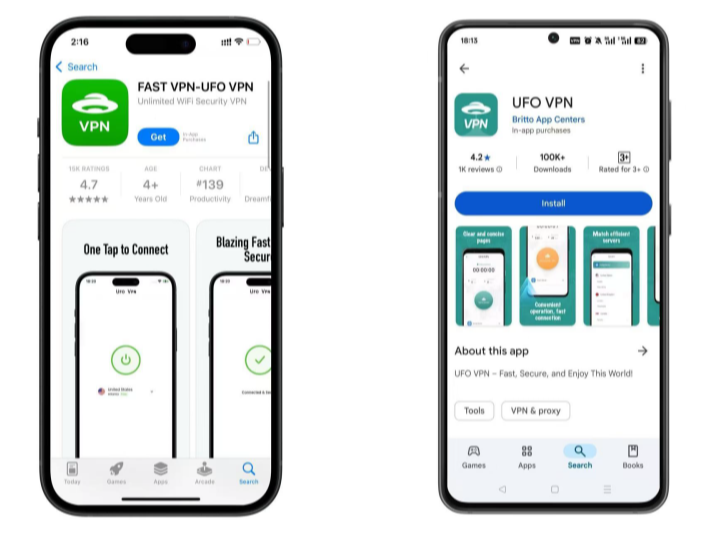
Open the app and choose a streaming-friendly server in the country where your favorite content is available. Tap "Connect" and let the magic happen. UFO VPN has offered 100+ fastest VPN connections to Netlfix VPN server, Disney VPN server, BBC VPN server and more!
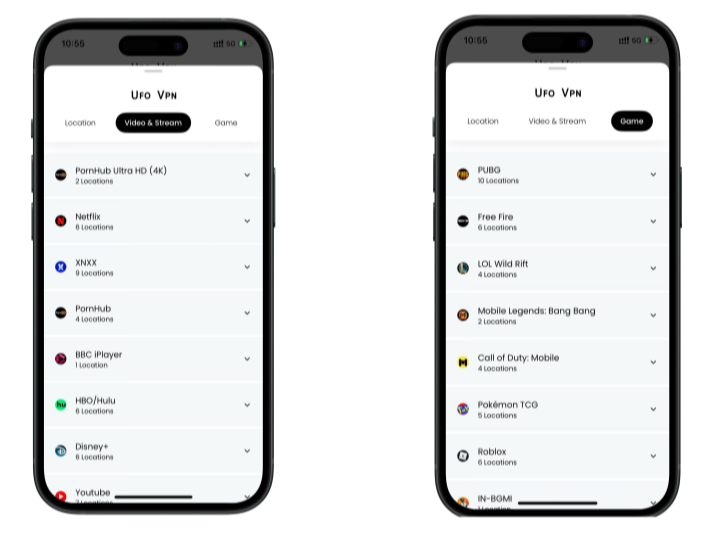
Pro Tip
To ensure you have switched to an encrypted IP address, use What Is My IP tool to double check your real-time IP is hidden successfully.
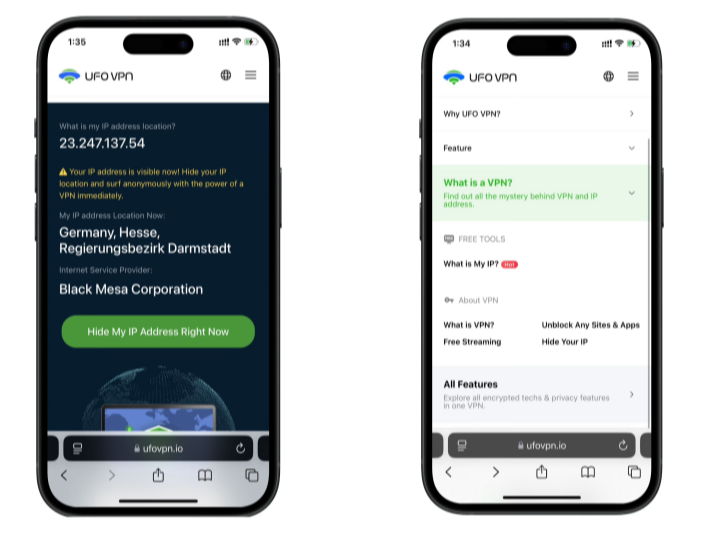
Once connected, refresh your streaming platform and enjoy unrestricted, buffer-free entertainment from anywhere in the world.

Device setup & hardening checklist
Read privacy settings first: Immediately after setup, open the Astro app and review all privacy options. Turn off features you don’t need.
Use the hardware privacy button: Physically disable microphones/cameras when you want absolute privacy. Treat the button like a privacy switch, not a nuisance.
Limit home maps: If the device allows, avoid uploading full house maps to cloud storage; delete maps you no longer need.
Create a separate account for device access: Don’t embed Astro management inside a widely used admin account; use a restricted account or role where possible.
Firmware updates: Enable automatic updates only from verified sources and install critical patches promptly.
Skill permissions & third-party vetting
Carefully vet Alexa skills: Each third-party skill can request permissions that may expose data. Disable skills you don’t use.
Limit Ring integrations: If you connect Ring or other camera systems to Astro, review their sharing settings. Ring historically had privacy controversies — check all linked devices.
Monitoring logs, removing unused features
Regularly review device logs: Check access history and connected sessions. If your Astro app or cloud dashboard shows unusual remote access, investigate.
Remove unused features or integrations: If you don’t use a feature (autonomous patrols, certain cloud backups), disable it and remove related permissions.
Audit linked accounts: Periodically check account permissions for third-party apps and revoke access that is unnecessary.
Device Setup & Hardening Checklist
- Unbox and update firmware before connecting to your main network.
- Create a dedicated IoT SSID or VLAN for Astro.
- Immediately review and change default account passwords.
- Enable 2FA on the Amazon account used for Astro.
- Turn off the microphone/camera when not needed (use the physical privacy button).
- Disable cloud map upload if the option is available or delete cloud maps post-setup.
- Revoke or audit third-party Alexa skills and Ring integrations.
- Schedule weekly checks of device logs and app access history.
Conclusion
Amazon Astro blends helpfulness and risk: it offers unique capabilities that static cameras and voice assistants can’t match, but those very capabilities increase privacy and security exposure. There is no single “safe” answer that fits everyone; the right approach is layered: careful device setup, network isolation, conservative feature choices, continuous monitoring, and robust account hygiene. If we adopt these robots, we must do so deliberately, not by whim. We should demand transparent choices from vendors and retain active control over our devices and data.
FAQs
1. Is Astro always recording video and audio?
No — Astro records on demand or when specific monitoring features are enabled. However, voice and short clips may be stored depending on your settings; always check and adjust privacy toggles.
2. Can someone hack my Astro and spy on me?
Any networked camera can be a target if account credentials are compromised or firmware is unpatched. Use strong, unique passwords, enable 2FA, and keep the device updated to reduce risk.
3. Will deleting voice history remove everything third parties have?
Not necessarily. Some third-party skills or integrations may keep copies of audio or derived data. Review third-party policies and disable skills you do not trust.
4. Should I avoid mobile robots like Astro entirely?
That depends on your risk tolerance. If you value mobility and convenience and take security precautions, the benefits may outweigh the risks. If maximum privacy is essential, consider postponing adoption until controls and regulation mature.
5. What’s the single best step to secure an Astro?
Limit administrative access, enable two-factor authentication on your Amazon account, and put Astro on a separate IoT network. This combination greatly reduces the most common attack paths.



